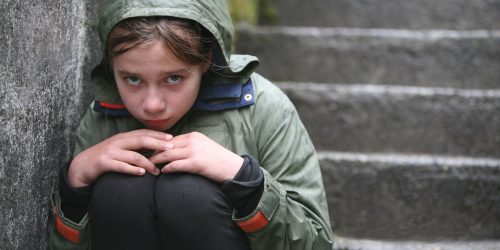
Studies have highlighted trauma's debilitating physical and psychological effects on individuals and proposed approaches for healing and thriving after traumatic experiences.
Studies have highlighted trauma's debilitating physical and psychological effects on individuals and proposed approaches for healing and thriving after traumatic experiences.[1] Trauma is evident in stressful and disturbing experiences that hinder individuals' ability to function optimally. Trauma is widespread; there is hardly any family that has not experienced at least one traumatic encounter. What affects individuals and families physically and psychologically also affects them spiritually.
Trauma at any stage in life is challenging, but childhood trauma has lifelong adverse effects on a person and generations of families. Studies show that the impact of childhood trauma does not heal on its own.[2] Trauma affects individuals' well-being similarly to a festering untreated wound. Many adults who struggle mentally or emotionally and who strive to experience wholeness and well-being have untreated trauma. Yet, it is alarming that many parents and caregivers are unaware of the signs and long-term debilitating impact of trauma on children. Early traumatic experiences affect children's ability to trust and distort their view of others and their environments.
Awareness is the first step in addressing trauma. Awareness, early intervention and trauma prevention are necessary for individuals' wholeness and well-being. Awareness involves exploring the widespread impact of trauma and the effects of untreated trauma. Awareness provides parents, caregivers and ministry leaders with the skills and tools necessary for identifying/recognizing trauma in children who are often marginalized and labeled as disruptive and troublesome.
Another step is understanding that "children who have experienced trauma often feel unsafe, dysregulated, disconnected, and devalued,"[3] and they tend to relate to situations based on their feelings. Traumatized children who feel unsafe may exhibit anxiety symptoms, including fear, panic and undue worry. They also tend to be hypervigilant and exhibit behaviors such as avoidance—avoiding people, situations or activities that remind them of the trauma or that they perceive as potentially threatening. Isolation and withdrawal from social interaction can also be signs of trauma as children retreat into themselves to cope. Some children may also exhibit aggressive or violent behaviors to protect themselves when they feel unsafe. Understanding determines responses to traumatized children.
A third step is to respond proactively to the core needs of disruptive/traumatized children instead of reacting to their antisocial attitudes or behaviors. To be proactive means creating conditions and loving environments that will help children feel safe, regulated, connected and valued, and where healing happens over time. Disruptive behaviors must not be ignored but dealt with in ways that help heal (not prolong) trauma. Guided by the Holy Spirit, our awareness, understanding and response to trauma are means of helping children grow into wholesome disciples of Jesus.
Jasmine Fraser is assistant professor of religious education in the Department of Discipleship & Lifespan Education and director of its PhD program in the Seventh-day Adventist Theological Seminary at Andrews University.
[1] van der Kolk, B. (2014). “The body keeps the score: Brain, mind, and body in the healing of trauma.” New York, NY: Penguin Books; Substance Abuse and Mental Health Services Administration (SAMHSA): https://www.samhsa.gov/childrens-awareness-day/child-traumatic-stress-resources
[2] Ibid.
[3] Crosby R., and Crosby, L. (2022). “Trauma-Informed children’s ministry: A practical guide to reaching hurting kids.” Eugene, OR: Cascade Books, page 10.